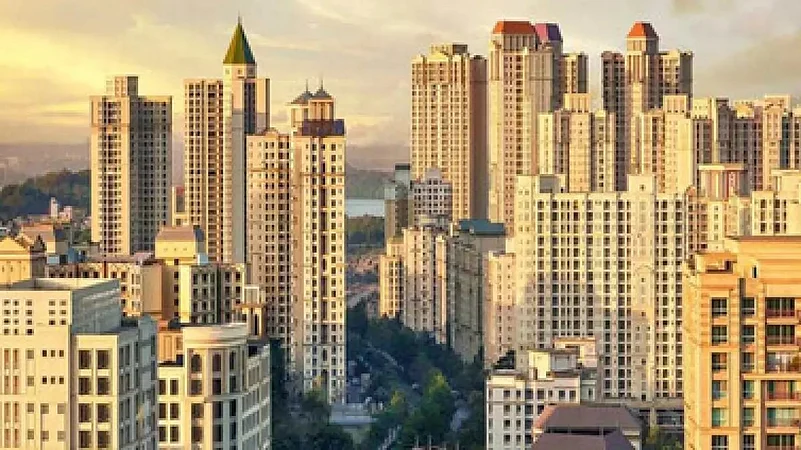The Haryana government has increased the circle rates in Gurgaon. The circle rates in the residential sectors have gone up by as much as 30 per cent, while those in the commercial hubs have been increased by 10 per cent.
The circle rates in sectors on the Southern Peripheral Road (SPR), Golf Course Road and Dwarka Expressway have been increased by 30 per cent after the review. The new circle rates will be effective from April 1, 2023.
The circle rate, also known as the collector’s rate, is the minimum price at which a property is registered with the state’s revenue department. Builders and promoters are not allowed to sell homes and apartments below the circle rate set by the government.
According to experts, the increase in circle rates was on expected lines.
Says Mohit Jain, managing director, Krisumi Corporation, “the increase in circle rates in Gurgaon has been in line with the increasing property prices because of the substantial growth in demand and price due to various infrastructure developments and enhanced connectivity.”
The increase is also unlikely to have an immediate effect on property prices, as they are anyway sold at higher market rates. The market rate is the rate at which a property is transacted and that is dependent on a variety of factors, including demand and supply, location, and other external market factors. Circle rates, on the other hand, are fixed by the administration on an annual or a half-yearly basis.
Says Saurabh Shankar, vice president – sales, Advance India Projects Ltd (AIPL), added: “We appreciate the government’s move to increase the circle rate to match the current market rate, which indicates the flourishing real estate industry in Gurugram and its surroundings. With the completion of significant infrastructure projects, especially the road connectivity, we anticipate a surge in demand for both housing and commercial real estate, leading to a further scope of rise in prices.”
Homebuyers in plotted areas could, however, feel the pinch as the rates are typically lower than the market rates, and the increase in circle rates would subsequently lead to an increase in registration costs. At present, the stamp duty is 7 per cent and the increase in circle rates will lead to significant increase in registration charges.
Amit Goyal, CEO, India Sotheby’s International Realty also welcomed the move, while simultaneously calling for long-term solutions to reduce dependence on circle rates for evaluating property prices.
“We believe that all state governments should consider alternative long-term solutions to reduce dependence on circle rates. We recommend that all property transaction values should be made available online on the revenue department’s website. This way, a simple search using any pin code would immediately display the latest 10 transactions, providing a clear picture of market demand and supply dynamics. Such transparency measures would also highlight any outliers, making it challenging to register properties at prices lower than the transaction price,” he said.














